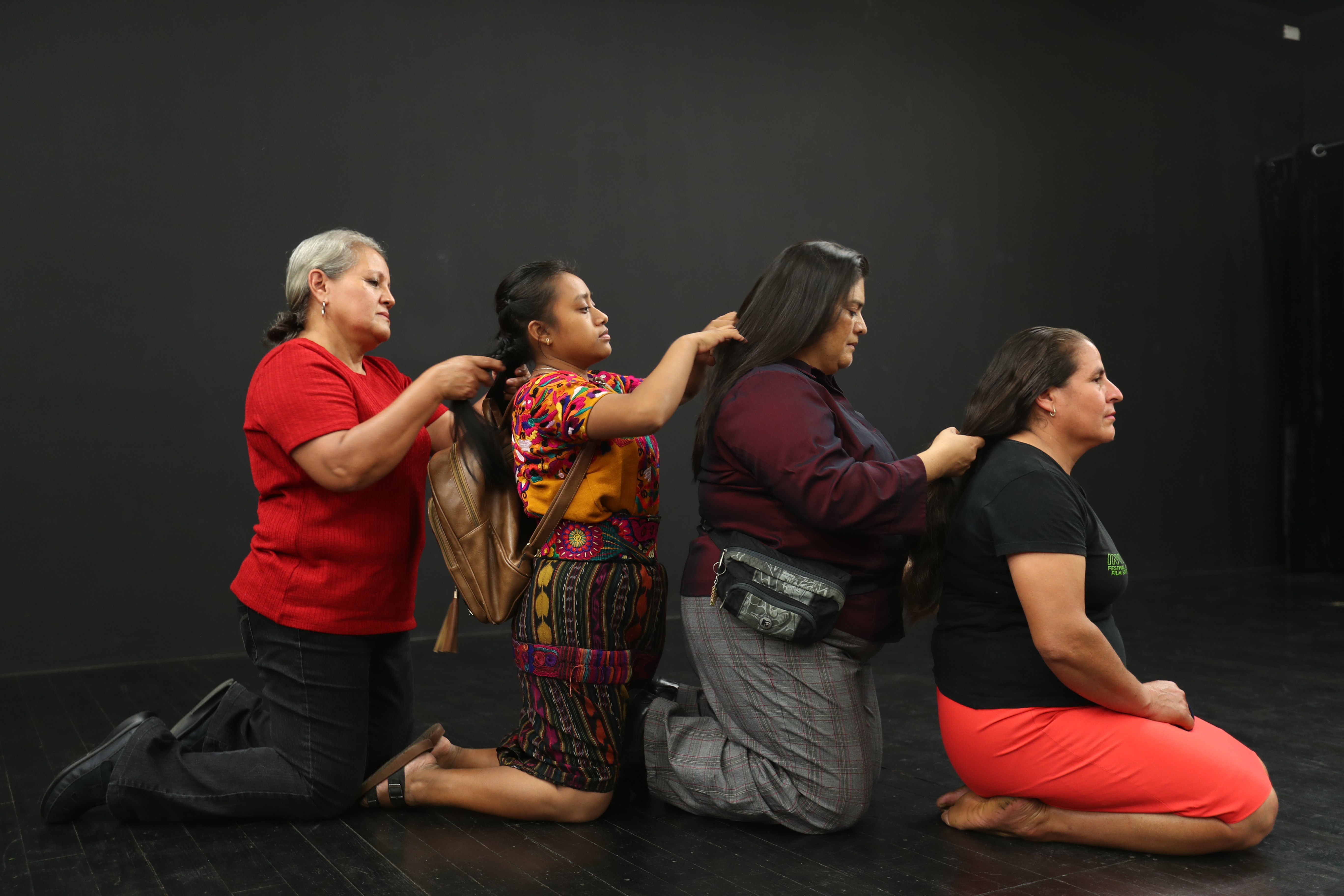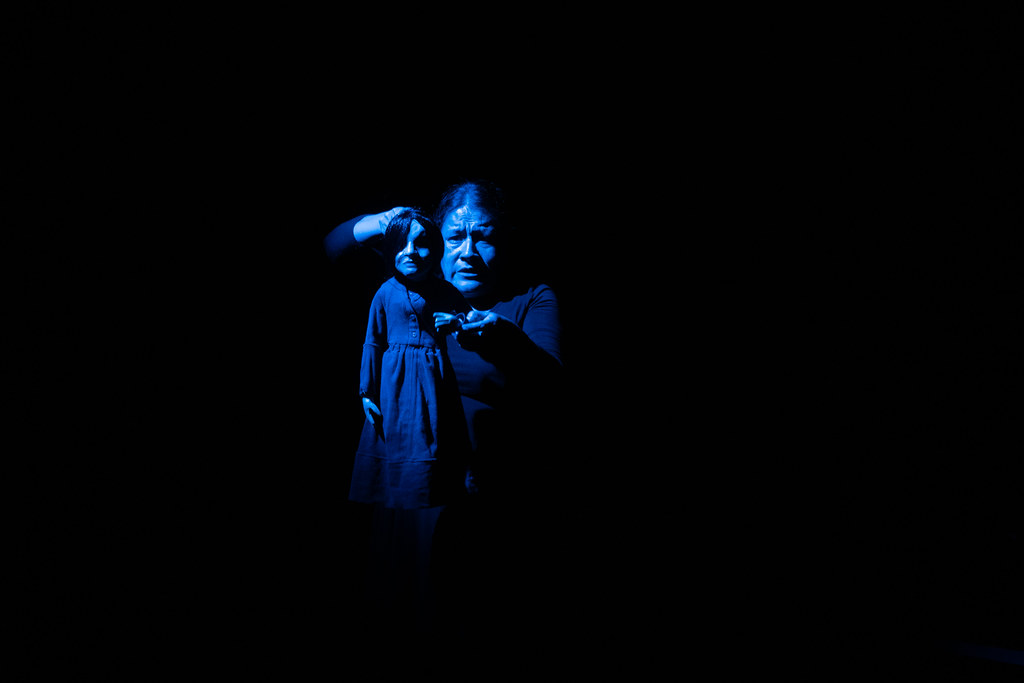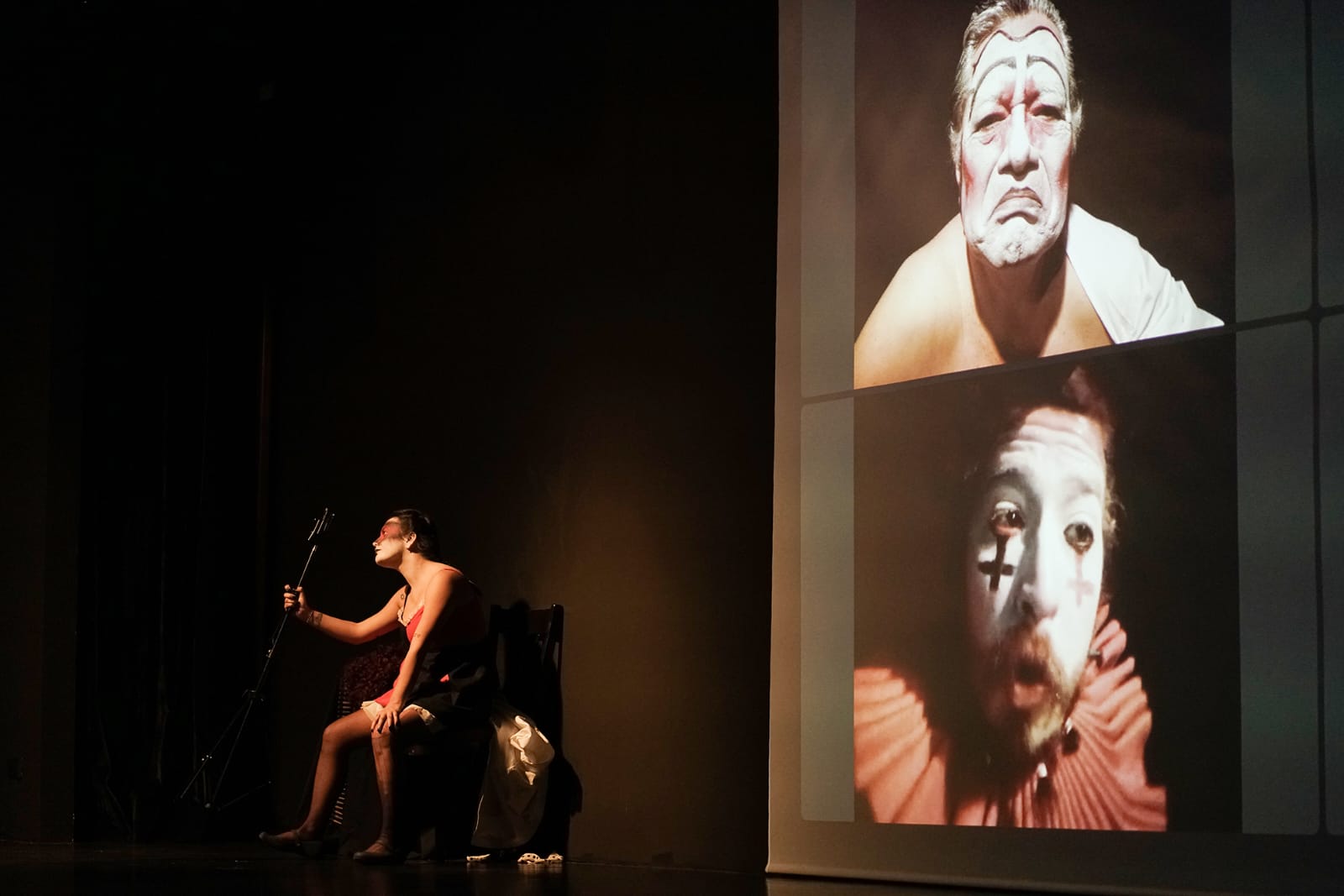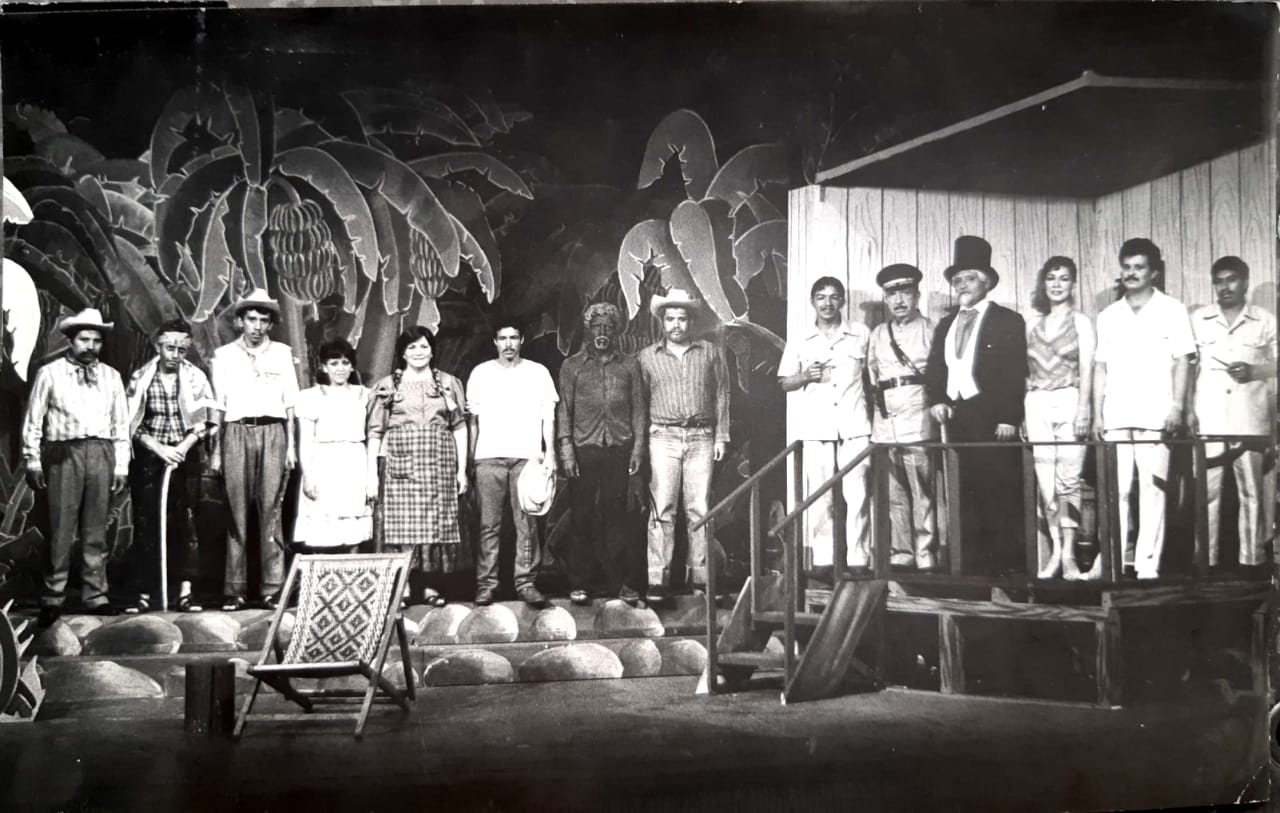It took 14 years for the members of the UNESCO International Theater Institute –entity founded in 1948– decided set a date on which performance art could be celebrated around the world.
Thus, in 1962, various members of the entity met to establish the March 27 as World Theater Day: date on which, according to the institute, the performance and staging is celebrated given the importance to the audience.
For the past 61 years, This date has allowed us to remember that plays have transformative possibilities at educational, community, social, cultural and entertainment levels.
Although World Theater Day is celebrated on March 27, the truth is that around the globe Activities are held throughout the month to commemorate the power of reinterpreting life in front of an audience.
Initiatives such as those of the Guatemalan Theater Network, which for a consecutive year promoted the National Theater Festival, universal stories like Ana Frank’s diary by the Popular University Theater Company, local classics such as A Loteriazo in Full Crisis, or regional projects such as the Central American Feminist Theater Meeting, These are several of the efforts that have insisted during the last month on the importance of attracting more people to the theater.
Faced with a panorama that has presented different works coexisting in the same place and time, even two years after no activity, It is important to ask about the link between audiences and the stories they come to know.
Writers and playwrights who began their careers at the beginning of the 20th century, such as the Brazilian Augusto Boal, saw the scenic creation as a tool for social change and that implied an empowerment in the people, who, by approaching in a process of collective action, could transform their oppressions and imagine more just societies.
On the other hand, the American essayist and cultural critic Susan Sontag said that theater was a vital art form that led people to engage with the complexities of the world in meaningful ways.
Within these complexities, one can name in particular violence, above all, because of the place it has historically occupied in the theater.
“The Greek tragedy, which is the monumental door from which the theater of the West emerges, tells us that even the violence of the human being begins in the family (for works like Oedipus Rex or Medea). Comedy is staged, but what is the audience laughing at? From the tragedies that happen to the characters”, argues Alfredo Porras Smith, a Guatemalan playwright and actor with more than 50 years of theater career.

Porras explains that there can be no play without conflict involving violence or a problem. “If you don’t present it, it doesn’t work. Aristotle said that the work was divided into the presentation of the characters, the core part where the conflict is found and, finally, its resolution”, he argues.
Guatemala maintains a theatrical artistic tradition in which the so-called political theater has sought to demonstrate a branch of small and large violence that permeates the country’s inhabitants. Works like dad natas written by Manuel Galich (1953) or The Scarecrow’s Heart (1962) by Hugo Carrillo present stories where morality and the abuse of power govern social spaces.
Porras Smith also explains that In Guatemala, violence has become an implicit theme when thinking about the literary creation of works. “It is something that is in our daily lives and that responds to why we must insist on the narratives, because there is no theater that does not contain even very small doses of violence.”

To get closer to violence, the sociologist and professor at the Rafael Landívar University, Silvia Trujillo draws a perspective on what can be understood as the experience of violence: “(…) it has to do with how the person who suffered the act lives it and how they go through it according to their life contexts. No form of violence should be demerited”, he emphasizes.
The specialist points out that in Guatemala, within the legal framework, violence is recognized through different nomenclatures, so there may be physical, psychological, sexual and economic violence.
Trujillo mentions that the effects of this violence can lead to the politicization of collective pain and it is there where the arts, as well as the theater can be understood as places for the recognition of common life where violence persists.
“Art has the potential to be a tool for transformation, both for those who participate in the piece and for the different audiences. Seeing it, allows reality to question”, shares the researcher.
Luis Carlos Pineda, who from the Rare Theater Scaffold platform has proposed stories that deal with daily violence in Guatemala, he believes that narrating about social wounds is necessary in a territory where we grew up hearing about invasions, warlords, coups and war.
I think there is a role important in taking that normality away from violence and make it seen as a fact that must be talked about because in many places it is not talked about because they are not aware of what is happening. Humanly, we experience a lot of violence in silence, and when it is staged it can take on other meanings.”, maintains the playwright.

Luis Carlos assures that, regarding the difficulties that social theater has –including a small audience– It remains to propose and avoid the re-victimization of unfortunate stories in the country and the world.
“One of the great challenges that playwrights have is to tell the violence, but not in vain. It is important that it is useful for find answers, sensitize people or to get us out of this way of life that we have normalized in violence. You have to keep talking about life and society”, shares Pineda.
Among a large list of works that exist in the history of the country, It is worth mentioning seven national stagings that have reflected on violence in different magnitudes.
the yellow train –Manuel Galich (1950)
Galich, being one of the most remembered directors of political theater, proposed this play which brought to the stage the theme of the economic and political footprints of the United States in Guatemala during the 20th century.
When dealing with US interventionism, Galich represented in the theater of the Popular University, scenes that referred to the exploitation in the banana farms of the coast, as well as racism, violence and death in said context.
Crime conviction and execution of a hen – Manuel José Arce (1969)
Remembered by many as one of the most scandalous plays in local history, given the death of a chicken on stage, this story questioned consumerism and state political violence during the 1950s and 1960s. It started from the so-called panic theater and invited the audience to reflect on the abuses of power from the government.
Kaji’ Imox – Sotz’il Group (2005)
Evoking the scenes of resistance against Spanish domination, the Sotz’il Group presented this work which narrated the episode within the Kaqchikel narrative in which the combatants Kaji’ Imox and B’eleje’ K’at led the affront against the dominations and abuses of the Spaniards who colonized the territory of Chi Iximche’ in 1524.
Being born – The Powerful Theater (2014)
This staging explores the story of four women who meet after having gone through traces of family and interpersonal pain in the face of the country’s history.
At its premiere, the members explained that the work led them to “remember, try to understand the shadows and the light, name, sing or talk about how we make love, it was a way of looking into the eyes of that wide road that each one of us keeps inside”.
maybe – Roxana Avila and Magdalena Morales (2015)
Released in 2015 and to date presented in several countries, maybe It is a staging where her actress, interacting with puppets, allows us to understand a game of time where memory and the feminine experience are linked to the spirituality and history of a universal territory.
First Class Merchandise – Artists Working (2016)
The proposal seeks to reflect on “symbolic violence” and the place it occupies in the way of seeing and understanding the “aesthetic” of the imaginary of society.
As explained by Margarita López, from the Artistas Trabajando group, the work talks about how the visual invasion and popular culture affects self-esteem and creates rivalries through competitions that neglect freedom, particularly among women.
Jesters – Rare Theater Scaffold (2022)
Proposed as a “humorous” narrative and treated from irony, as well as the grotesque and the perverse, the work presents four buffoons who are sentenced to death for urinating on the king’s banquet during an official presentation.
“Fed up with the harassment of the court, rampant injustice and their trade as entertainers; They decide to vindicate themselves, even if it costs them their lives. In the burning chapel they remember the scenes they represented, reveal their truths and shed all masks”, explains the synopsis.
Theater in Guatemala: 7 plays that reflect on violence in the country’s history

